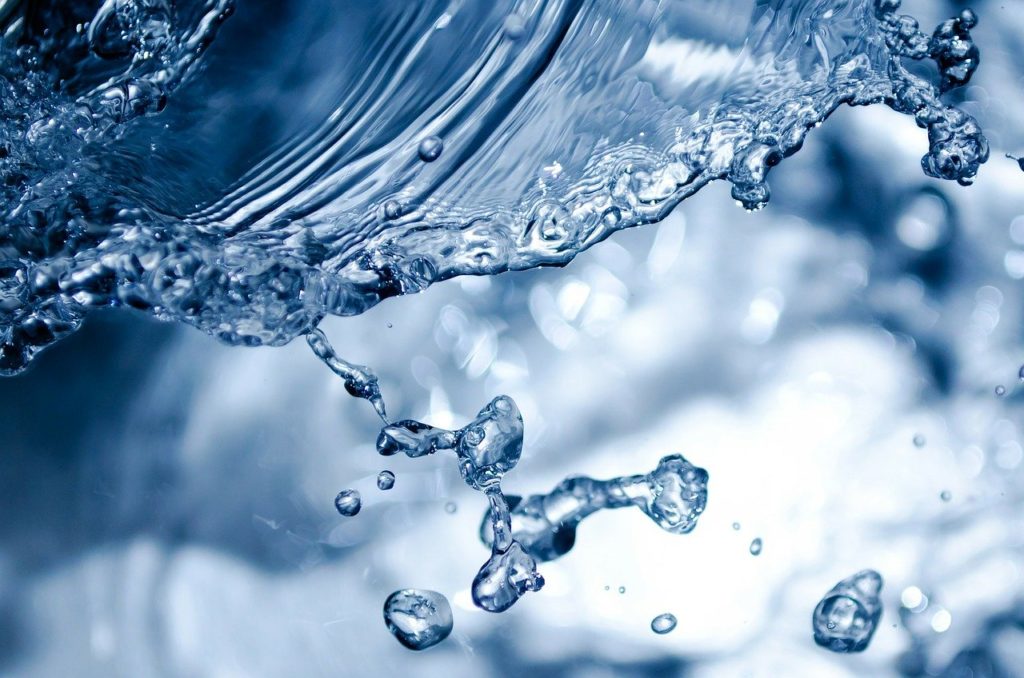Do you want to optimize the distribution of water in your building for heating or cooling purposes? Hydronic or hydraulic balancing is the way to do so. It is made possible when you equalize system pressure to aid in providing indoor temperatures while conserving energy and minimizing operational cost. Have your utility bills been high due to change in the elements? Hydronic balancing will provide a solution for this. When your HVAC system is not well balanced, it may cause thermal discomfort and noise due to under and overheating. Therefore, you can save your HVAC system by providing the best hydronic balancing system. This article will provide ways through which you can provide comfort to your home and save your heating system.
How the heating system works
To understand how the HVAC system in your building works, you can compare the process to water coming from a hose. The pipe that is connected closer to the pump will have the highest flow while that connected furthest will have the lowest flow. As such, when you use this mechanism for your building heating system, the rooms closer to the pump will have more heat compared to the rooms furthest to the pump. High flows cause noise and lead to inefficient use of energy. Conversely, low flows mean there is less heat for those who are furthest to the pump, and this brings about complaints from tenants in your building. There are three ways of solving this issue to provide hydronic balancing and save your HVAC system.
Manual balancing valves
Placing a pump with a larger pump head capacity will increase the water flow. However, this does not bring about hydronic balance. The radiators closer to the pump will overheat, leading to higher energy consumption. Manual balancing valves ensure correct water flow to the radiators no matter how near or far the heaters are to the pump. Nonetheless, the shortcoming is that outdoor temperature and heating demands indoors vary from time to time. This causes tenants to close or open radiator valves often.
Thermostatic radiator valves
These valves help regulate the amount of heat around the building based on individual tenants needs. By installing these thermostat valves; this turns the heating system into a variable flow system. However, when partial load conditions occur, the thermostatic radiator valves will not regulate the heat as required. The result is a reduced balance in water distribution through the heating pipes. Therefore, another solution is needed to cater for this shortcoming. The system operates on its own regardless of the individual tenant needs or the outdoor temperatures.
Automatic balancing solution
Automatic balancing valves provide solutions by providing differential pressure control. When you use this hydronic balance solution for your building, any changes in the system, the differential pressure controller keeps the pressure in the pipes stable. This is possible both in partial load and in full load pump pressure. Therefore, if the capacity from the pump changes in one part of the building, the automatic hydronic balancing solution ensures that there is a correct flow for each of the pipes in every section of the building. This means every resident gets the amount of heat they require regardless of how the pump loads from the HVAC system. Therefore, you have stable pressure conditions.
Doing so will help you solve the following problems.
• Automatic balancing control of temperatures in your building
• Fewer complaints from those living in the building
• Lower maintenance costs
• Increased indoor comfort
• Lower utility bills
From the discussion, it is clear that using the proper equipment for hydronic balancing is what keeps your HVAC system working properly. When the system works well, it is durable and provides your building’s residents with the comfort that they need. By transitioning from a manual to an automatic HVAC system, you save yourself the cost of maintenance and keep your building in optimal condition.



